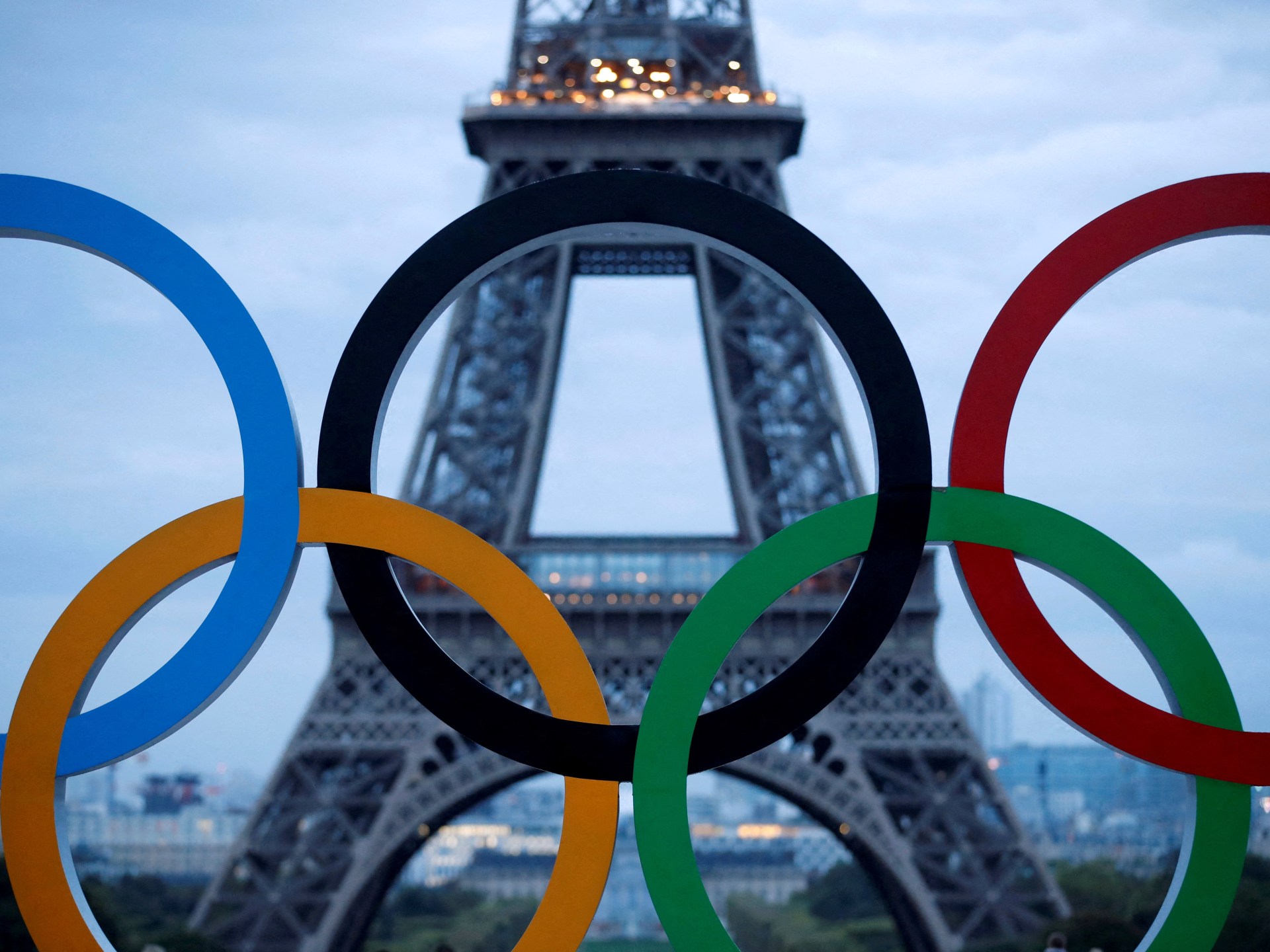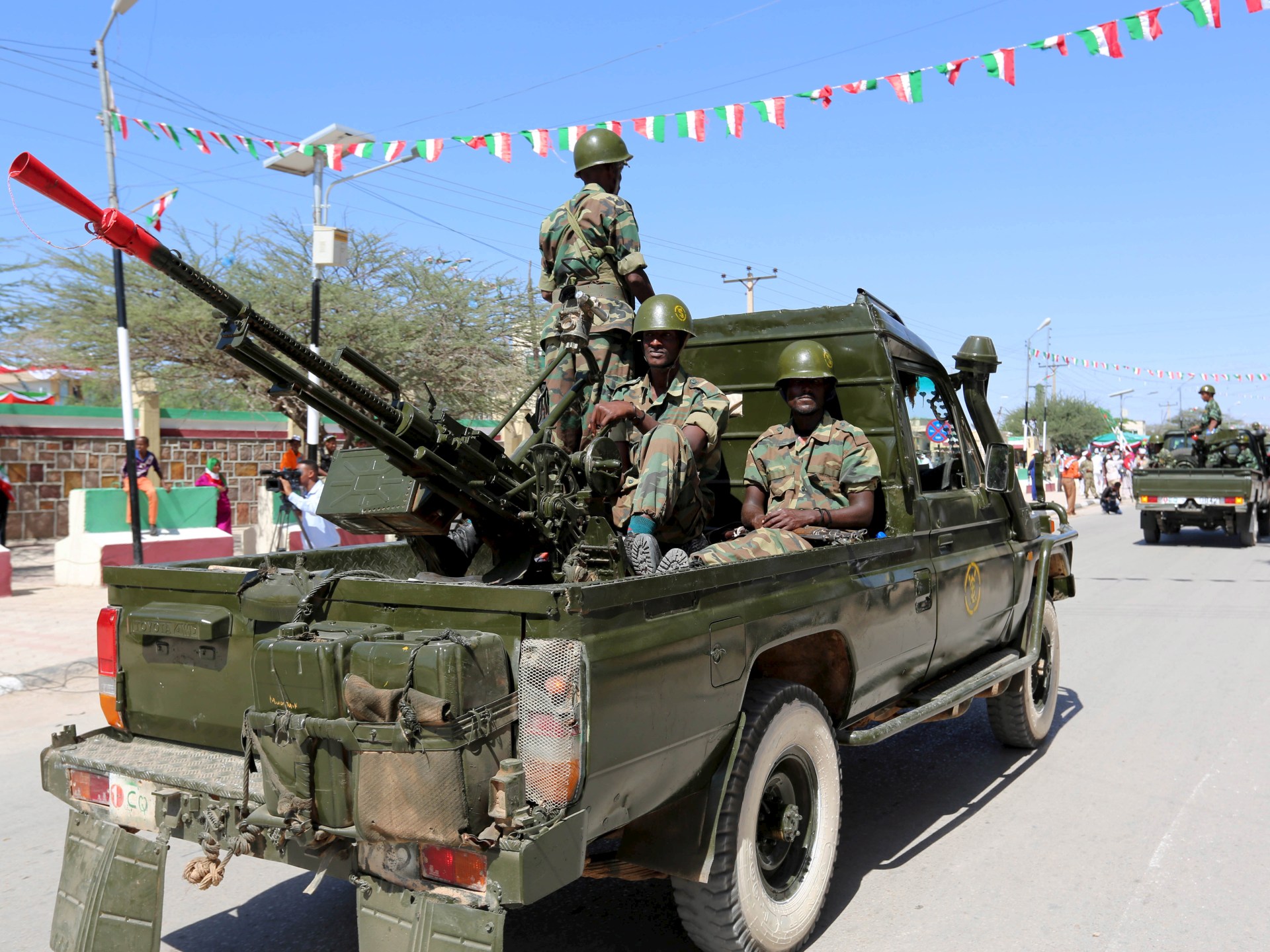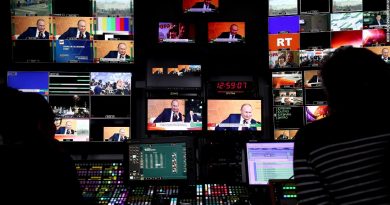One of the biggest hurdles for athletes on the Olympic path: Money
Ashley Uhl-Leavitt landed an opportunity most athletes can only dream of – a chance to compete in the 2024 Olympic Games. While this Florida-based marathon runner has run in some of the most iconic races in the world like the New York City Marathon, this is her first time to compete in the Olympic marathon.
In less than 100 days, athletes and spectators alike will converge in Paris, France, for an event synonymous with bringing the world together regardless of the calibre of global geopolitical tensions throughout the history of the modern Olympiad.
“Hundreds of thousands of people tried to get a handful [marathon] spots. It was such a long shot,” Uhl-Leavitt told Al Jazeera.
But with that blessing comes a hurdle on the track to the games. How to train and cover one’s costs.
“When I’m in marathon builds, it’s very time-consuming,” she said.
She has to fit training in where she can between her two jobs – one as a personal trainer and the other as a bartender in her hometown of Ponte Vedra Beach, Florida – roughly 20 miles (32km) from Jacksonville.
To offset the costs of getting to the games, she turned to the crowdfunding platform GoFundMe.
Training for this high level of athletics is a full-time job. Athletes also travel to compete in different games to hone their skills in the lead-up to the big day. But since most prospective Olympians have to pay their own way for all this effort, it is a nearly impossible situation having to decide between working or competing.
Only a select few land a lucrative corporate partnership. Allianz Life Insurance Company, for example, is only sponsoring five Olympians and Paralympians (the games for those with disabilities).
There is no salary for athletes training for the Olympics. There are limited stipend opportunities, but only once they have qualified for the games – a long-shot endeavour in itself. While stipends vary, some are as low as a few hundred dollars a month. The training up to that point is out of pocket.
More than 90 percent of all Olympians reported spending as much as $21,700 in competition fees and membership dues in the lead-up to the games. More than a quarter of all US Olympians report making less than $15,000 annually in total income.
As for healthcare, Olympian athletes reported spending as much as $9,200 for out-of-pocket expenses amid injuries and as little as 16 percent were reimbursed, according to a report from the Commission on the State of US Olympics & Paralympics – an independent commission appointed by Congress in 2020 (PDF).
Uhl-Leavitt is one of the many athletes over the years who turned to alternative means to finance their Olympic journey. Another is boxer Jennifer Lozano of Laredo, Texas, who, according to her crowdfunding campaign, is the first in the south Texas town she calls home to get a chance to compete.
Lozano’s training regimen is physically and time intensive – a must for this 21-year-old in her efforts to bring home the gold. She begins every day as early as 6am. She gets a stipend from USA Boxing to cover her day-to-day costs like car payments while training and for travel for the games.
She told Al Jazeera that she had been getting a stipend for the past eight months, before she officially qualified for the team at an international competition in Santiago, Chile, in October 2023. She declined to share the amount and frequency of the stipend.
Before that, though, all costs came out of her pocket and that of her family. She declined to share the dollar figure for those costs as well.
Lozano told Al Jazeera that she’s using the funds from her GoFundMe campaign to cover the costs associated with getting her family and coaches to the games.
Less than the federal poverty line
Financial constraints hit Olympian athletes but not other high-level athletes like those in professional athletic leagues. In sports like American football, even players who don’t play in an official game get paid well. The minimum pay for a player on the practice squad this year in professional American football is $16,800 per week, according to the National Football Leagues’ most recent collective bargaining agreement. As for Major League Baseball – players within their minor leagues are paid a minimum of $60,300 for the 2024 season.

While many Olympians do not rake in compensation from their time at the games, the medal winners do. A gold medal finisher walks away with $37,500, $22,500 for silver and $15,000 for third-place finishers.
In context, that means that third-place finishers make less than the current federal poverty line for one person. To afford rent in the United States, you’ll need to make more than double what a gold medallist earns at the bare minimum.
The United States has fairly low payouts for Olympic prize money compared with other nations. During the last Olympic Games, Italy offered $213,000 for gold medallists. Singapore offered the equivalent of $737,000 for first-place finishers. This time, Singapore is raising the stakes and will offer first-place winners $1m in prize money. But if history is any indicator, it may not have to pay that out as the island nation has only produced one gold medallist in its history.
“Your lifetime earnings as an Olympic athlete are in the extremely high negative figures. There’s no doubt about that,” said Victor Matheson, professor of economics at the College of the Holy Cross in Massachusetts and the author of Going for the Gold: The Economics of the Olympics.
There has been some momentum to maximise payouts for these athletes, but there has not been much in the last decade. Following the 2016 games, then-President Barack Obama signed a bill into law that barred the IRS from taxing rewards on medals, dubbed the victory tax.
So far, Track and Field is the only sport to offer additional prize money to winners. Earlier this month, World Athletics, the sport’s governing body, announced it would hand out $50,000 in prize money to each of the gold medallists. Track and Field is slated to have 48 different events in the upcoming games.
While prize money helps, it does not address the financial barriers to entry. In part, that is why so many athletes like Uhl-Leavitt have turned to crowdfunding platforms in 2024 before the games.
Training itself is expensive. That’s what drove now-retired sabre fencer Monica Aksamit, who earned a bronze medal in the 2016 games, to start a GoFundMe while training for the 2020 Tokyo games, although it was delayed amid the COVID-19 pandemic.
In the months in the run-up to the Tokyo games, she garnered national headlines in which she explained that it was a choice between training and working. She told the student newspaper at her alma mater, Penn State, that the US Olympic Committee gave her a small stipend of $300 a month. Meanwhile, she spent more than $20,000 on training. Because of the time commitment that Olympic-level training requires, she struggled to find work even at a local grocery store.
Aksamit had agreed to sit down with Al Jazeera in New York. However, she did not show up to the preplanned interview nor could she be reached for rescheduling.
There is some minor help out there for some athletes in a handful of sports. Associations including USA Swimming, US Taekwondo and US Rowing offer small stipends for athletes training for the Olympics primarily after they have qualified for the national team.
Otherwise, options are pretty limited to the few athletes that are able to solidify sponsorships.
Because of these massive financial costs and low likelihood of long-term financial success, there is less incentive for parents to get their children interested in sports to begin with – not just the niche ones.
“Parents pay huge amounts of money in the hopes of getting their kids even just on the varsity team in high school, that elusive college scholarship or the even more elusive slot on a regional or national team and a potential invite to the Olympics. It’s wildly expensive,” Matheson, the economics professor, added.
Only about half of middle-income and only 31 percent of low-income children get involved in athletics, whereas the more high income do at 71 percent, according to the Centers For Disease Control.
This has been a challenge for Olympic athletes and their families for a long time. In 2012, Natalie Hawkins, the mother of iconic gymnast Gabby Douglas, filed for bankruptcy amid the high costs of training.
Well-paid executives
Meanwhile, the Olympic Games are a massive money-maker for several different parties. During every game, the International Olympic Committee (IOC) pools the earnings from ticket sales, advertising sales, and other money spinners. Some of it is redistributed back to host cities and partner organisations including each country’s individual committee after the IOC takes its cut.

That is when, in theory, organisations like the US Olympic and Paralympic Committee divide up the revenue and distribute it on its level to training programmes and athletes.
“Almost certainly too much of it gets eaten up by overpaid administrators and some stuff like that,” Matheson said.
That is what happened stateside.
Sarah Hirshland, the CEO of the US Olympic and Paralympic Committee, made more than $1.1m in 2022 – the year of the most recent Winter Olympic Games. Meanwhile, the US Olympic committee had a net revenue of $61.6m – the second-highest on record, according to the organisation’s 2022 financial disclosures. It is only second to the Tokyo 2021 games (delayed by a year because of the pandemic), which brought in $104.6m in net income. By comparison, in 2016, the year of the Rio De Janeiro games, $78.5m (the equivalent of $88.9m, adjusted for inflation).
The events also make a lot of money for broadcasters. In the United States, NBC holds the exclusive broadcasting rights for the games. The media company disclosed that it has sold at least $1.2bn in advertisement sales before the games. The broadcaster, which holds exclusive broadcast rights to the Olympics until 2032, expects record revenue.
That’s significantly higher than what other broadcasters nab for other high-profile events that they have exclusive broadcasting rights to. For instance, CBS brought in a record $635m for American football’s premiere event – the Super Bowl.
The US Olympic and Paralympic Committee did not respond to Al Jazeera’s request for comment.
The biggest names in a handful of sports do end up with lucrative advertising and sponsorship deals, including athletes like swimmer Michael Phelps, who won 28 gold medals over the course of his career, and gymnast Simon Biles, who gained global fame after clinching gold in 2016.
But for most striving athletes, greatness is not about the marginal chance of financial success, but rather a showcase of a key part of who they are.
“Long runs on the weekends are two and a half to three hours, and you’re running an hour or two hours and a half or cross-training every day through the week,” Uhl-Leavitt said. “It definitely does consume your life.”




